In Italy there are several Literary Parks dedicated to famous authors and literary works known all over the world, itineraries that start from literature and skillfully intertwine with history, music and traditions of a territory. Literary parks are a good opportunity to experience cultural tourism, giving places a rich and different added value.
Literary parks in Italy represent a new way to get to know beautiful places on the Italian peninsula, being guided by the inspiration of great writers and poets who have found suggestions for their stories in those places. Let's venture together to discover the most beautiful and interesting ones. An idea to include in your travel itineraries without delay.

Literary parks in Italy
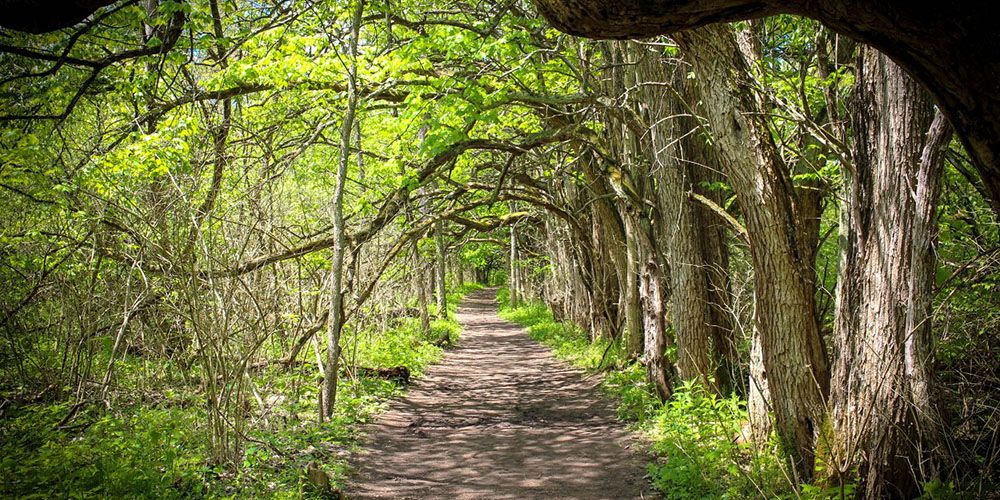
The expression Literary Parks indicates an area of territory in which are created real cultural itineraries through the places celebrated by the greatest Italian authors and poets.
The idea of Literary Parks in Italy was born in the late 1980s when Ippolito Nievo Foundation expressed the need to preserve the castle of Colloredo di Montalbano in Friuli region, where the writer Ippolito Nievo wrote Confessions of an Italian. While the creation of Literary Parks in a concrete and strategic way, comeback around the 2000s, with the valid support of the European Union.
Visitors inside the Literary Parks could see the landscapes described in famous pages of literature, walk along paths, stop at views that have inspired great storytellers. A physical, natural, but also mental and perspective space where we meet Manzoni, Leopardi, Pasolini and Petrarch, getting lost in their famous stories and at times in their lives. Many Literary Parks also offer guided tours and cultural initiatives. Literary parks aim at enhancing both the author and the territory where he passed and left his mark says Stanislao de Marsanich, Italian President of the Literary Parks network.
In Cinque Terre a park to the poet symbol of the 20th century
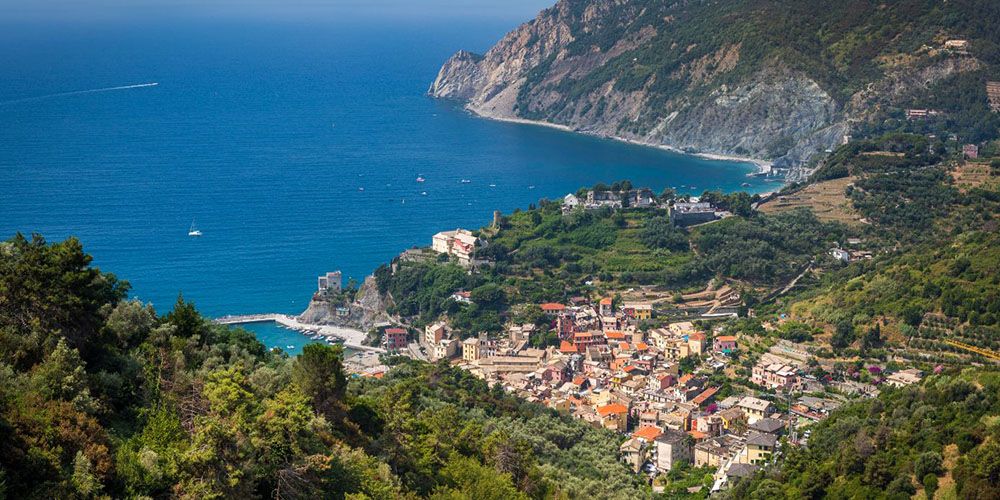
There are some places that have had the good fortune to become immortal thanks to the words and images of great writers and artists; starting our itinerary from the north we encounter the magnificent scenery of Cinque Terre in Liguria region, a UNESCO World Heritage Site, it is here that we find the Eugenio Montale Literary Park, a widespread place that covers all of the Ligurian Cinque Terre, the poet's birthplace.
This park was born on the 40th anniversary of the Nobel Prize for literature to the poet, writer, translator, journalist Eugenio Montale, thanks to the joint work between the Cinque Terre National Park, the Dante Alighieri society, and the Municipality of Monterosso al Mare (the first village of the Cinque Terre arriving from the west) where is the entrance to the park. The park takes its name from the poet because it was here that Eugenio Montale spent his summers and among the sun, overhanging rocks, and Mediterranean scrub he drew inspiration for his poems.
The symbol of the park is the one that Montale used as a summer residence since childhood and which he called the yellowish pagoda or also the house of the two palm trees, which still exist and are in good health, in front of the villa. The park offers the possibility of giving a cultural identity to the landscape, a different interpretation for places usually appreciated exclusively for the panorama. In these places literature mixes with the nature and history of the village. Inside the park there are some marked trails to walk alone or together with an organized excursion.
Explore Cinque TerreA park dedicated to the places of The Betrothed
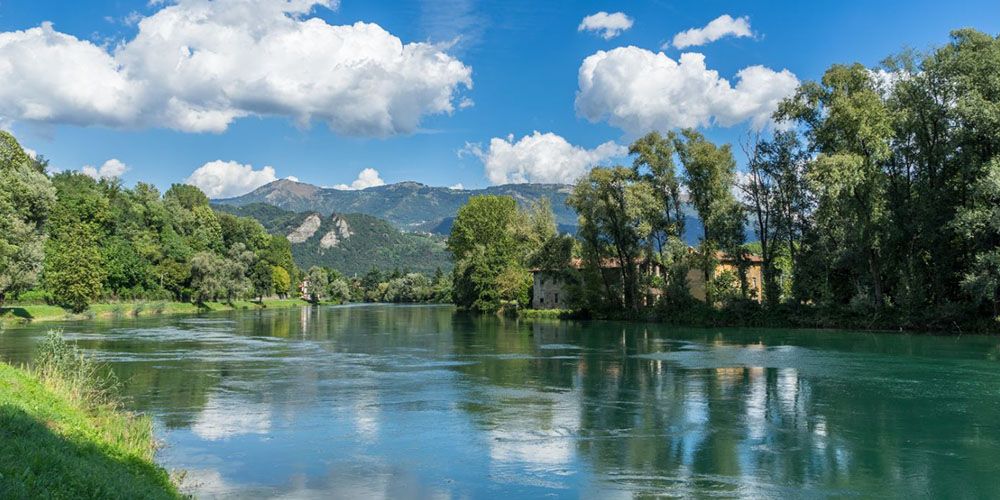
Moving to Lombardy region we find the Alessandro Manzoni Literary Park and Parco Adda Nord, the first Lombard Literary Park. The park extends from the areas bordering the Adda river, along the stretch downstream of Lake Como, which also includes the lakes of Garlate and Olginate. Here you will meet both the places of I promessi sposi, and the places where Alessandro Manzoni was born and lived. Manzonian days, readings, theatrical performances, and literary aperitifs cheer and invite visitors.
The Brivio marshes (the most naturalistically interesting area), the Paderno bridge, the village of Crespi d'Adda will catapult you into the scenarios of The Betrothed. Entering the park for visitors will be like getting to know a great author better, both from a literary and a human point of view. The entrance to the park is in Trezzo sull'Adda, in Brianza, north-east of Milan.
Explore Como LakeLiterary walks in the park between the Euganean Hills
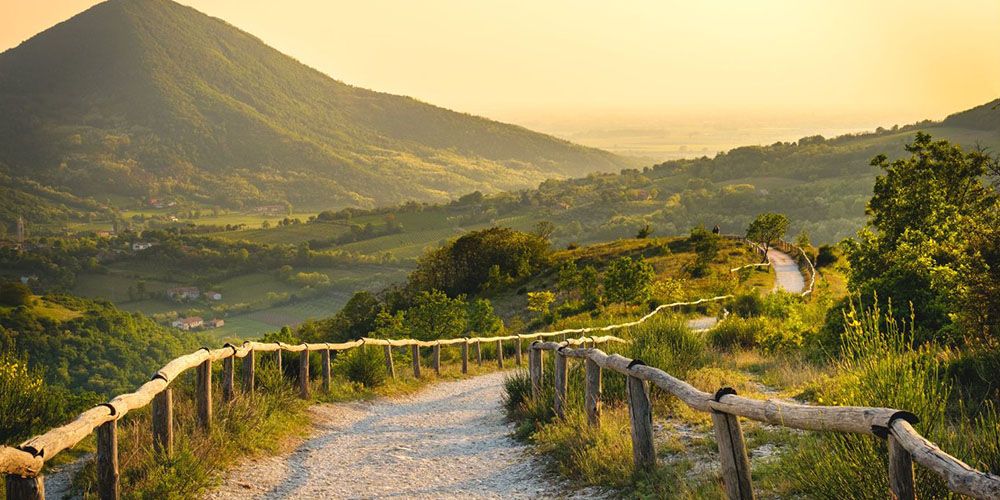
Moving to Veneto region we find the Francesco Petrarca Literary Park, located in the enchantment of the Euganean Hills, one of the main attractions of the province of Padua, for writers, poets, artists. Among environmental oases, ancient abbeys, castles, villas, country retreats and other excellent stops such as Francesco Petrarca's house in Arquà, the poet's last, beloved home, we find the places that have inspired pages and pages of literature such as those of Percy and Mary Shelley, Ugo Foscolo and Lord Byron.
So, the park is named after Francesco Petrarca but in its paths, we meet many world-famous writers. The Park offers various itineraries, including the one that starts from Arquà (Francesco Petrarca's last residence) and arrives at the Monte Fascolo farm (Cinto Euganeo), almost five kilometers dotted with literary plaques with verses in prose and poetry that make up a poetic road. The entrance to the park is right in Arquà, the literary park becomes an extraordinary tool for protecting the landscape and the memories of those who immortalized it in verses and words.
A park to remember the Infinite
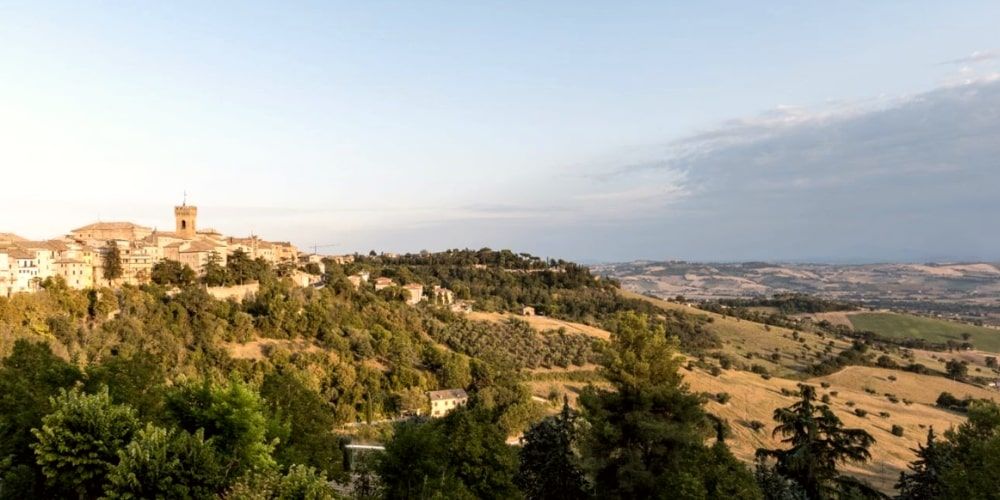
Moving on to central Italy, we cannot but dwell on what is perhaps the first example of a natural link between poetry, places, landscapes, culture and people, the Literary Park Giacomo Leopardi, in Recanati, in the province of Macerata, in the Marche region. Visiting this park means projecting yourself into the universe of this famous poet, stopping on Mount Tabor, where Giacomo Leopardi drew inspiration for the poem L'infinito and fantasizing about the poet's imaginative power, where to go beyond the physical limits of the small town of Recanati he broadened his horizons, ranging with words.
Colle Tabor is a solitary hill overlooking the town, the famous solitary hill. The park, immersed in the sweet Marche countryside, offers visitors the Infinito experience every Saturday, a sentimental journey accompanied by the declamation of a poet who will accompany you among some of the places that inspire the most beautiful idylls composed by the poet. Furthermore, this summer, every Friday it will be possible to visit the Palazzo at night, the birthplace of Leopardi and its boundless library, and then linger in the garden to admire the starry sky. The tour proceeds in the square of the Saturday village and in many other places that were dear to the poet.
Discover "Infinito Museum"A park in the Casentino forests
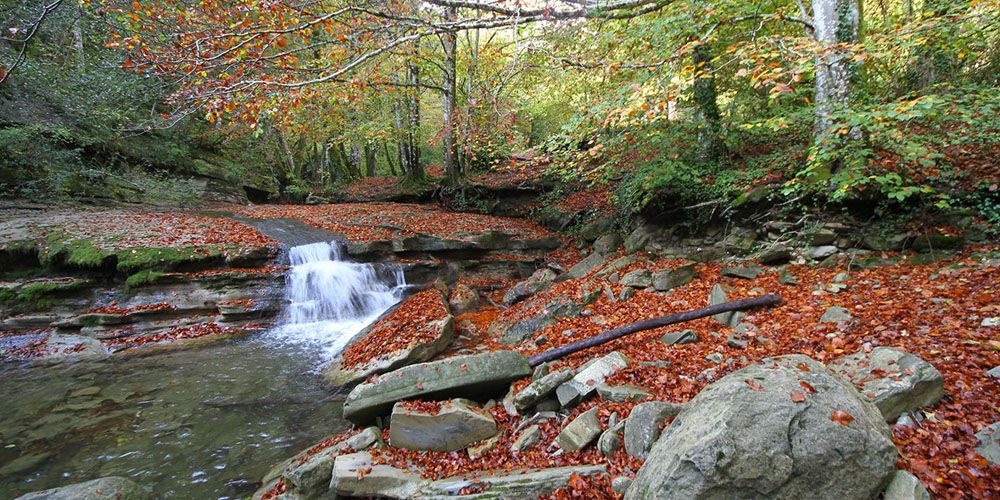
Moving on to Tuscany, don't miss the more recent Emma Perodi Literary Park, in the Casentino forests. The entrance is at the Casentino Creative Center, in the province of Arezzo. Emma Perodi was a journalist and writer born in 1850, best remembered for Le novelle della nonna, a collection of stories for children. She is the long-forgotten author, as happens more often to women than to men.
The Literary Park is within the National Park of the Casentino, Monte Falterona and Campigna forests, a large protected area in the Tuscan-Romagna Apennines, perhaps the best preserved woods in all of Italy. The itinerary winds from Bibbiena, a medieval stronghold, up to Pratovecchio Stia, where the Romena castle stands. Between the two sites there are many intermediate stages that will allow you to walk in nature accompanied by the imagination of Perodi's stories, a magnificent combination of landscape and literary memory.
A park dedicated to a revolutionary Author
The last stop for central Italy is the Pier Paolo Pasolini Literary Park, located in a somewhat atypical and decentralized place, but which is the heart of the poetics of Pier Paolo Pasolini, writer, journalist, poet, director, screenwriter, and actor known throughout the world. We are in Ostia, a town on the coast in the province of Rome, a place of escape for Pasolini and the place where he tragically died on the night of November 2, 1975.
A contemporary-style marble sculpture by Mario Rosati is placed exactly in the place where it was found. This point of Ostia is called Idroscalo, considered a place of decay has seen a rebirth and enhancement precisely from its transformation into a literary garden. Access is from via dell'Idroscalo (Ostia, RM) and the park can be used independently every day until sunset. Numerous cultural activities are promoted every year, including exhibitions, guided tours, and literary and artistic events.
Discover Ancient with Visit Rome PassA park among the Lucanian gullies

The last stop on our itinerary is southern Italy, here we find the Carlo Levi Literary Park, in Lucania, in the central-southern part of Basilicata, in the small town of Aliano, enclosed between the Sauro stream and the Agri river, the place is famous for its gullies, and it is here that the Lucan writer set his famous novel Christ Stopped at Eboli. In this town you can visit the house where the writer lived. Stone dwellings with iron railings Below me was the ravine; in front, with nothing blocking the gaze, the infinite expanse of arid clays, without a sign of human life, undulating in the sun as far as the eye can see, up to where, very far away, they seemed to melt into the white sky. The hilly landscape around Aliano, where the park extends, is evocative and it is difficult to get away from it. The Park also organizes guided tours, among the destinations, in addition to the house which has remained intact, still in the times when the writer lived there, there are also natural paths tourist attractions and the cemetery where Carlo Levi is buried. The program also includes spectacular events, and food and wine and handicraft activities, and signage has also been created for the places included in the park.
A park for the first woman Nobel Prize for Literature
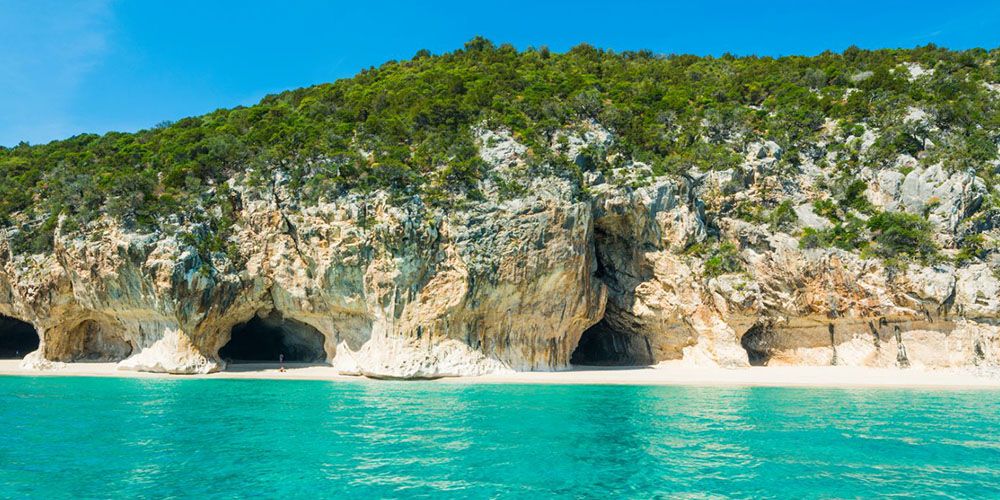
As a last destination we move to Sardinia in the Grazia Deledda Literary Park, remembered as the first Italian woman to have received the Nobel Prize. We are in Galtellì, in the center of the marvelous gulf of Orosei, set in a panoramic position at the foot of the imposing Monte Tuttavista. Galtellì has been included in the Authentic Villages of Italy circuit. The Park includes animated visits to the places of the novel Reeds in the Wind, which most of all contributed to its awarding of the Nobel Prize in 1926, a route that includes walks in the village, archaeological sites and the numerous panoramic sites that inspired the writer. It is interesting to find the recipes described by the Sardinian writer in the bars and taverns of the village. The Grazia Deledda Literary Park is a must for literature lovers. A literary journey that will allow you to relive the sensations that the writer has transmitted through her work.
About the author
Written on 25/08/2023

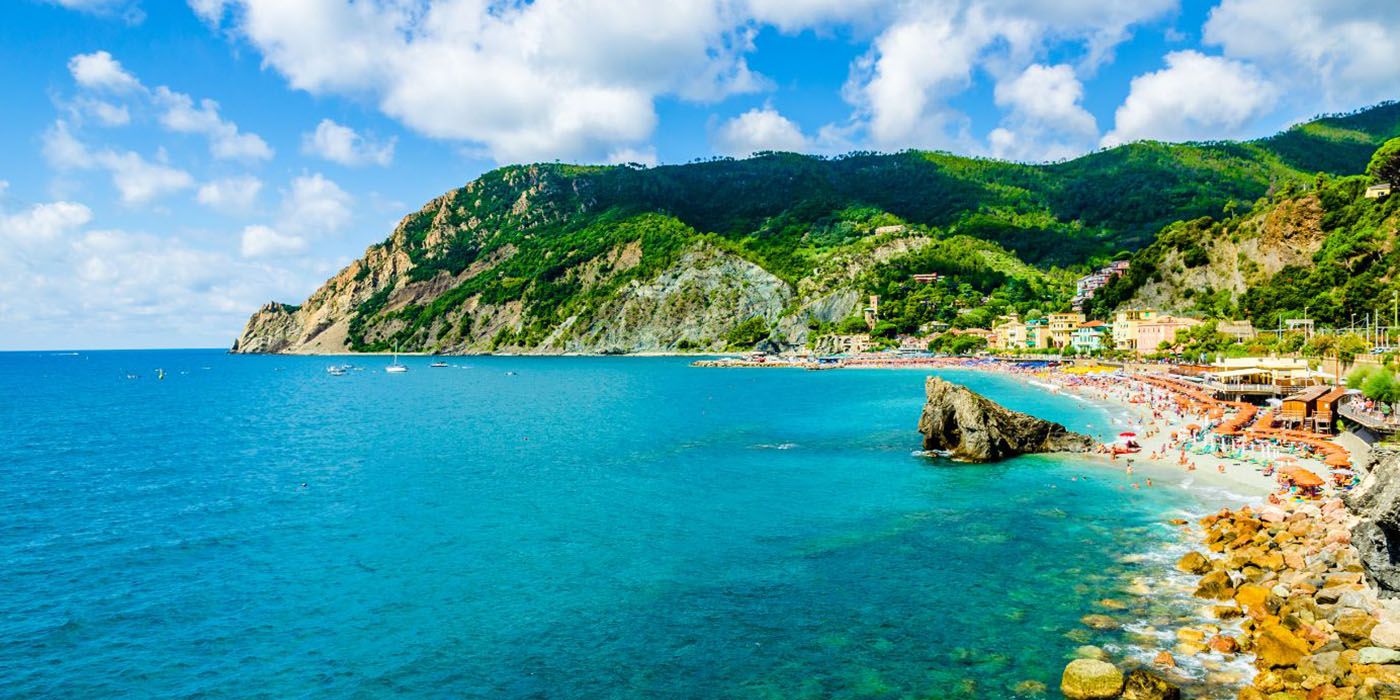

Chiarastella Campanelli
Through the stories, songs and lives of the most famous Italian writers let’s discover the Literary Parks in Italy.